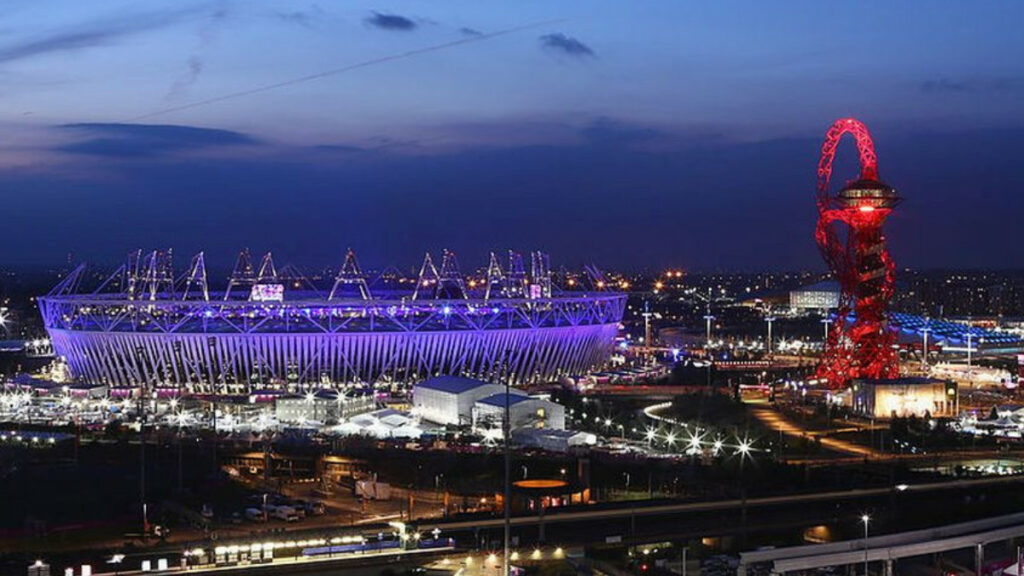London 2012: Affordable homes that never came
It’s been 12 years since London hosted the Olympic Games, and the promises of legacy housing have yet to be fulfilled. Affordable housing is conspicuous by its absence in an increasingly exclusive city.
The 30th Summer Olympics, held in the English capital in 2012 and hailed by many as a great success, took place primarily at the Queen Elizabeth Olympic Park in Newham, one of the capital’s poorest boroughs.
Heavily industrialised in the 19th century, the factories, workshops and nearby docks had declined by the 1960s and 1970s, leaving behind contaminated land and an increasingly impoverished population.
When bidding for the Olympic Games, the organisers’ promise was clear: the London 2012 Games would provide the ‘lasting legacy’ of regenerating ‘an entire community for the direct benefit of all who live there’. This included plans to build tens of thousands of homes, mainly social housing at so-called affordable prices, and new amenities.
However, critics say the transformation that is taking place is not living up to the promises of affordability. Nearly 12 years after the global spectacle, new residents are still moving into newly built homes in the area.
The park’s green spaces are perfect for runners and walkers, while a major Westfield shopping centre has opened its doors. The Victoria and Albert Museum, Sadler’s Wells dance venue and the BBC will soon open branches in the park, while universities are also moving in. A new railway line arrived in 2022, carrying passengers to and from central London in 15 minutes.
Penny Bernstock, a researcher at University College London, said the “main beneficiaries of London’s Olympic housing legacy have been wealthier professional groups”, which was “disappointing”. “The flats are high quality. The neighbourhood is lovely,” the project manager said as she walked her dog.
READ ALSO: Newly formed APC Executive Board met in Beijing
Johnson pays £2,300 (€2,700) a month for a two-bedroom flat, a rate similar to some of the city’s central districts. “On other blocks, friends are paying £3,000 (€3,500),” she said, adding that many of her neighbours work in the high-paying technology sector.
The reality is that, beyond the initial promises, nearly 12,400 homes have been built in and around the Olympic site, but only about 1,000 are affordable, which is hardly anything. About 8% were social housing, according to the London Legacy Development Corporation (LLDC).
“When you look at the money spent, the commitment to leave a legacy for local communities that was central to London’s bid, and the housing in the area, it’s a scandal. The park has been described as gentrification on steroids, an island of opulence in a sea of poverty,” said Bernstock.
Newham has some of the poorest neighbourhoods not only in London but in the whole of the UK, yet they have not escaped the disproportionate rise in rents. Rents have doubled since the end of the Games, with a 20% increase in the last three years alone, the highest of any borough in London.
“There is evidence of an Olympic effect, with the borough experiencing some of the highest house price growth in London in both the owner-occupied and rental sectors,” added Bernstock.
Mark Robinson, chief executive of the LLDC, acknowledged the contradictory “dilemma” of large-scale regeneration. “You put huge amounts of money into the area, increase the value of the land, and then the people you were trying to help are in danger of being priced out,” he pointed out. He said construction would continue for another 15 years, including thousands of “affordable” homes.


